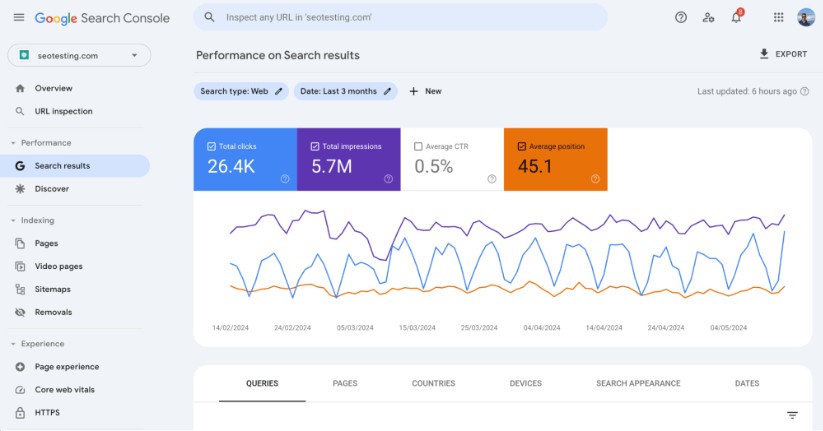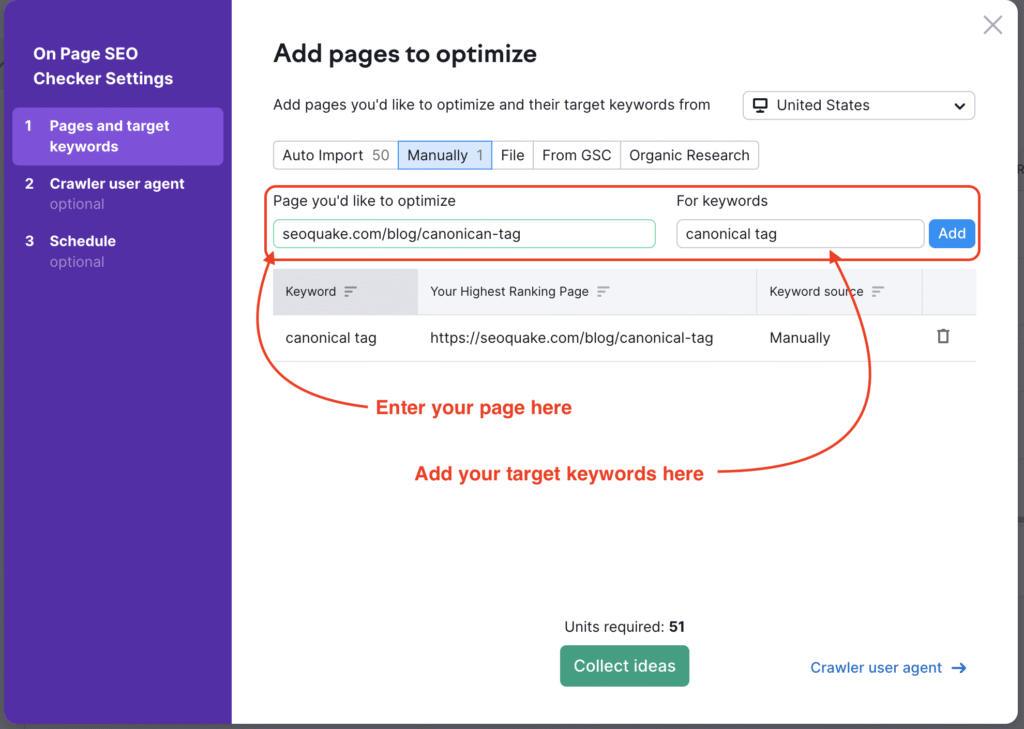
In a digital world dominated by high-authority domains and fierce keyword competition, trying to rank for head terms like “best laptop” or “buy shoes” is like throwing pebbles at a brick wall. That’s where low hanging fruit keywords come in—a strategy that’s often overlooked, but highly effective for faster SEO wins, especially for small to mid-sized websites.
In this post, we’ll break down exactly what low hanging fruit keywords are, why they work, how to find them, and how to use them for quick, measurable SEO growth.
What Are Low Hanging Fruit Keywords?
Low hanging fruit keywords are search queries that:
- Have moderate to low competition
- Still receive reasonable monthly search volume
- Are highly relevant to your niche or business
- Often include long-tail keywords or question-based terms
- Are easier to rank for without needing thousands of backlinks or a DA of 80+
They’re the sweet spot between opportunity and achievability. Instead of competing with major brands, you’re capitalizing on under-optimized gaps in the SERPs.

Why Target Low Hanging Fruit Keywords?
Here’s why this tactic works, especially for newer websites or businesses with limited SEO resources:
- Quicker Rankings – You’ll often rank in days or weeks, not months.
- Higher Conversion Rates – These are often bottom-of-the-funnel or mid-funnel queries.
- Less Backlink Dependency – You can rank with fewer or even zero backlinks.
- Easier Content Planning – These keywords often align naturally with helpful blog posts, product pages, or FAQs.
How to Find Low Hanging Fruit Keywords?
1: Use Google Search Console (GSC)
One of the best free methods:
- Go to Performance → Queries
- Filter positions between 8–30
- Look for keywords that are already getting impressions but not ranking on Page 1
- Optimize or create new content around those terms

2: Explore Answer-Based Queries with “People Also Ask”
Type your main keyword in Google and look at the People Also Ask section. These are often low hanging fruit keywords framed as questions.
3: Leverage SEO Tools
Use tools like:
- Ahrefs (Keyword Explorer → KD filter under 20)
- SEMrush (Organic Research → Positions 10–30)
- LowFruits.io (built specifically for identifying low-competition keywords)
- Ubersuggest (filter keywords by SEO difficulty score)
- Use Google Autocomplete and Alphabet Soup Method
Type your seed keyword into Google and add “a,” “b,” “c”… to see long-tail variations people are actively searching.
How to Use Low Hanging Fruit Keywords Strategically?
Once identified, don’t just stuff them into your content. Here’s how to implement them effectively:
Optimize Existing Pages
If a page is already ranking on Page 2 for a keyword, tweak:
- Title tag
- H1 and H2 headers
- Internal anchor texts
- Add a targeted section for that keyword

Create New, Targeted Content
Build dedicated blog posts or landing pages around clusters of related low competition keywords.
Answer the Intent Clearly
Use simple, direct language. If the keyword is “how to fix a leaking faucet,” start the post with a concise, actionable fix.
Internal Linking
Link from other relevant pages on your site using keyword-rich anchor text. This boosts relevance and authority.
Examples of Low Hanging Fruit Keywords by Industry
| Industry | Example Low Hanging Fruit Keyword |
| Fitness | “home workouts for beginners no equipment” |
| SaaS | “best crm for small law firms” |
| E-commerce | “budget running shoes under $50” |
| Finance | “how to save money as a college student” |
| Marketing | “email subject lines for holiday sales” |
Tools That Help You Find Low Hanging Fruit Keywords
- Google Search Console – To mine existing performance data.
- Ahrefs/SEMrush – To filter by low KD and explore gaps.
- LowFruits.io – To find weak SERPs and easy win terms.
- Google Autocomplete Tools – Such as AlsoAsked.com or AnswerThePublic.
- Rank Math or Yoast – For on-page optimization aligned with your chosen keyword.
Conclusion
When it comes to SEO, low hanging fruit keywords are not about settling for less—they’re about working smarter. Instead of burning resources trying to outrank high-authority competitors, aim for quick wins that build momentum, traffic, and domain authority over time.
By identifying these high-potential, low-difficulty keywords and creating content that matches user intent, you’ll carve out valuable space in the SERPs—without waiting months or years to see results.
